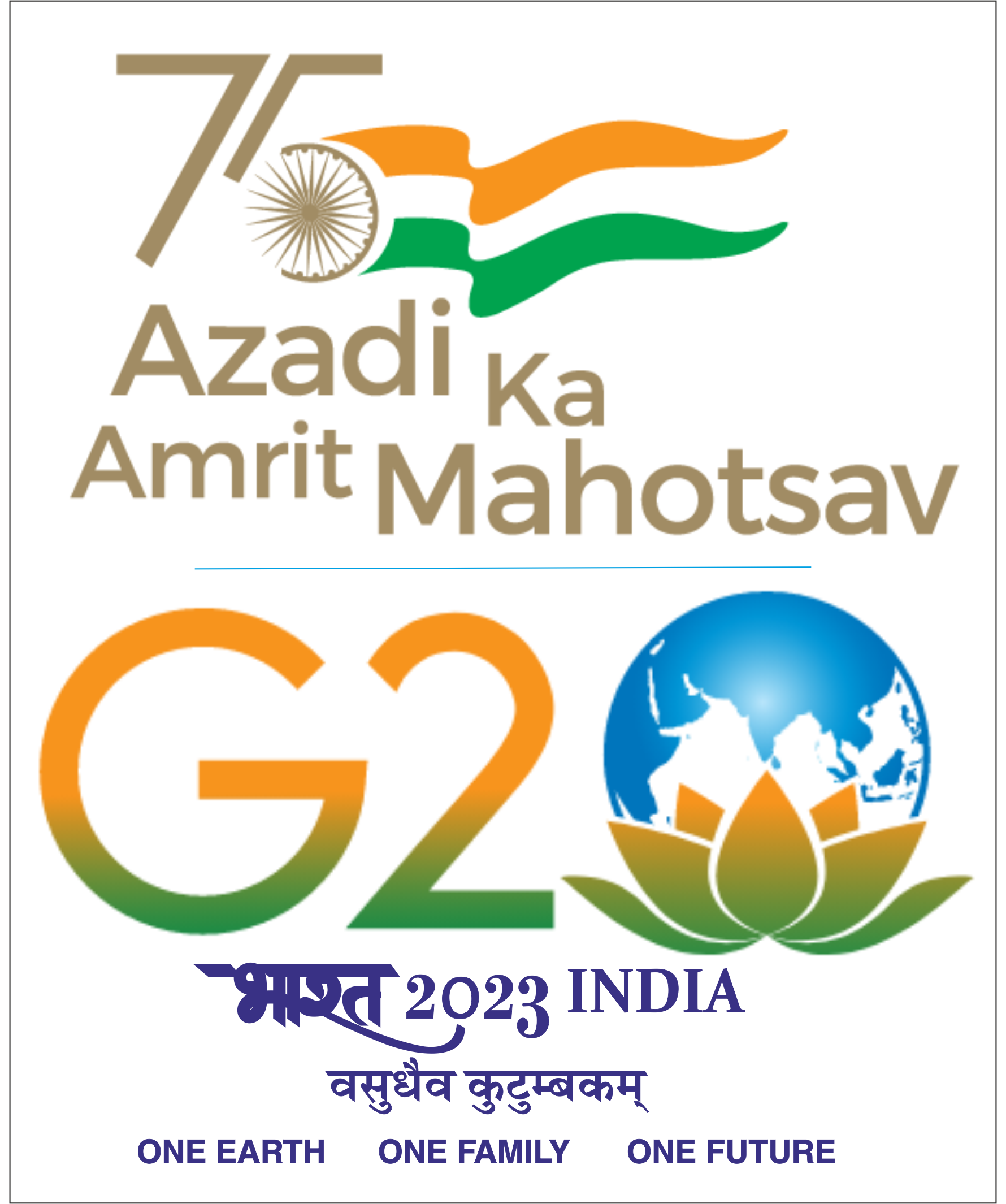Ms. Megha Mhaskar will present her APS as per the details below:
Date: September 25, 2024
Time: 14:00 – 15:00 hrs.
Venue: C-TARA Conference Room No.1
Guide: Prof. Parmeshwar D. Udmale
RPC Members: Prof. Amit Arora, Prof. Yogendra Shastri
Title: Water-Energy-Food Nexus (Synergies and Trade-offs) in Sugarcane Farming: A Case of Drought-Prone Area of Maharashtra State, India
Abstract:
The complex relationship between water, energy, and food (WEF) nexus is crucial for supporting human livelihoods and ensuring sustainable agriculture. In the changing climate era, concerns about the overexploitation of land, water, and energy resources exist. It is, therefore, crucial to use these resources efficiently to meet present demand by reducing trade-offs and increasing synergies, ensuring environmental sustainability. Over the last few decades, changes in cropping patterns and increased spatial-temporal variations in rainfall have increased uncertainties in Indian crop production. Over six years (2015-2021), India lost 33.9 million hectares of agricultural land due to floods and excessive rainfall, while droughts affected an additional 35 million hectares. Various studies suggest these challenges are likely to intensify in the future.
Maharashtra is one of the states in India's semi-arid region, which often experiences water scarcity. About 42.5% of its area is drought-prone, experiencing frequent drought-driven water scarcity. Sugarcane is a water-intensive crop. About 79.5% of the total sugarcane is cultivated in drought-prone districts of the state. Moreover, around 62% of ethanol production from sugarcane highlights the role of the crop in ensuring India's targets proposed in the ‘National Policy on Biofuels – 2018’. According to the amendments made in 2022, India will need an additional 6.26 million hectares of land under sugarcane to achieve the 20% ethanol blending petrol target by 2025. This amendment is expected to boost Make in India Drive, Atmanirbhar Bharat Initiative, and generate more employment. However, it will also raise concerns about water resources exploitation driven by excessive groundwater consumption, high resource consumption, shifts in cropping patterns, land demand, and diversion in irrigation water use away from foodgrain crops that will put food production systems in competition along with the effects of climate change. These challenges suggest that an integrated approach is required to understand the interrelationships between the WEF nexus. In this background, the objective of this research is to investigate the WEF nexus (synergies and trade-offs) of sugarcane crop versus foodgrain crops (for example, wheat, maize, sorghum) in semi-arid (drought-prone) areas of Maharashtra in the context of biofuels-based energy targets. Preliminary analysis of the study shows that increased sugarcane cultivation has intensified local water stress. Additionally, the study has identified the hotspots regions of water and food security, facilitating the selection of study areas for further research. The present report includes an overview of the WEF nexus timeline, a review of existing nexus models, a thematic analysis of preliminary field visits, a static model formulation, identifying key performance indicators, and the development of various scenarios for optimization. The modeling approach is an effective decision-making tool for assessing the WEF nexus with region-specific field data. The synergetic effects and trade-offs involved in the sustainable management of agricultural resources will be quantitatively assessed using the developed model across various scenarios.





